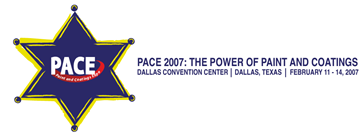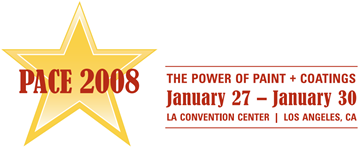Search
SSPC Conference Papers
Legacy SSPC Conference Papers
View as
Sort by
Display
per page
An Overview of Petrographic Examination of Concrete as Related to Polymer Floor Coating Failures
Product Number:
41213-727-SG
Publication Date:
2013
$20.00
An Overview of Water Leakage Paths into Exterior Walls
Product Number:
41206-249-SG
Publication Date:
2006
$20.00
An Update and Review of Offshore Systems and Current Testing Scenarios
Product Number:
41206-266-SG
Publication Date:
2006
$20.00
Analysis of Coating Blister Failures and Associated Coating and Substrate Risks
Product Number:
51220-254-SG
Publication Date:
2020
$20.00
Angles and Demons in the Realm of Protective Coatings: The Underworld of VOCs
Product Number:
41211-636-SG
Publication Date:
2011
$20.00
Antennas and Cable Attachment Methods for Water Tanks: A Comparative Study
Product Number:
41210-582-SG
Publication Date:
2010
$20.00
Anticorrosive Zn Free Pigments: Their Performance
Product Number:
41214-834-SG
Publication Date:
2014
$20.00
Application and Evaluation of Coatings Over Hot-Dipped Galvanizing
Product Number:
41215-938-SG
Publication Date:
2015
$20.00
Application Concerns and Practices for Applying Conductive and Static Dissipative Coating to Concrete
Product Number:
51216-007-SG
Publication Date:
2016
$20.00
Application of Fluid Applied Linings in Concrete Secondary Containment Structures
Product Number:
41208-397-SG
Publication Date:
2008
$20.00












